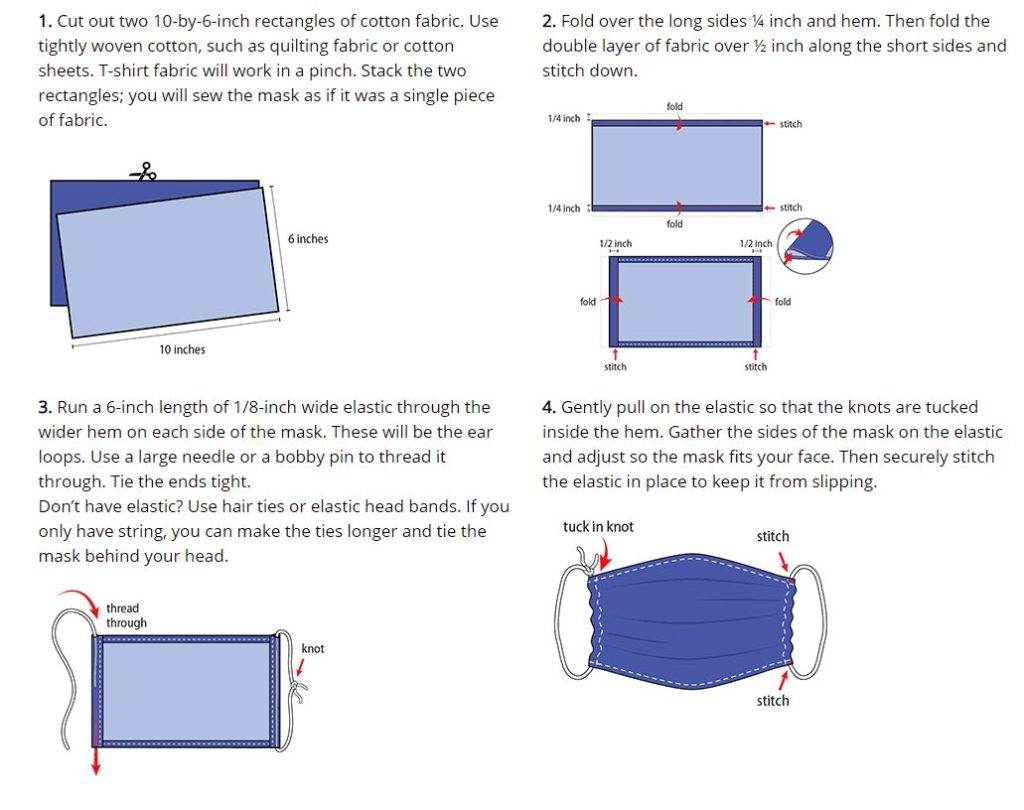Use of cloth face covers against COVID-19
In light of recent studies that COVID-19 can spread between people interacting in close proximity, the Center for Disease Control and Prevention (CDC) recommends wearing cloth face coverings in public settings where other social distancing measures are difficult to maintain (e.g., grocery stores and pharmacies) and more so, in areas of significant community-based transmission.
In a release, CDC also advises the use of simple cloth face coverings that can be done at home using common materials.
Face Cover 101
Face coverings should—
- fit snugly but comfortably against the side of the face
- be secured with ties or ear loops
- include multiple layers of fabric
- allow for breathing without restriction
- be able to be laundered and machine dried without damage or change to its shape

Face covers, especially made with cloth, should be routinely washed depending on the frequency of use.
As added precaution, individuals should be careful not to touch their eyes, nose, and mouth when removing their face covering and wash hands immediately after removing.
DIY Face Cover
SEWN FACE COVER
Materials:
- Two 10”x6” rectangles of cotton fabric
- Two 6” pieces of elastic (or rubber bands, string, cloth strips, or hair ties)
- Needle and thread (or bobby pin)
- Scissors
- Sewing machine
Instruction:

QUICK CUT T-SHIRT FACE COVER (NO SEW METHOD)
Materials:
- T-shirt
- Scissors
Instruction:

BANDANNA FACE COVER (NO SEW METHOD)
Materials:
- Bandana (or square cotton cloth approximately 20”x20”)
- Coffee filter
- Rubber bands (or hair ties)
- Scissors (if you are cutting your own cloth)
Instruction:

However, CDC said that cloth face coverings should not be placed on young children under age 2, anyone who has trouble breathing, or is unconscious, incapacitated or otherwise unable to remove the mask without assistance.
CDC also notes that the cloth face coverings recommended are not surgical masks or N-95 respirators.



